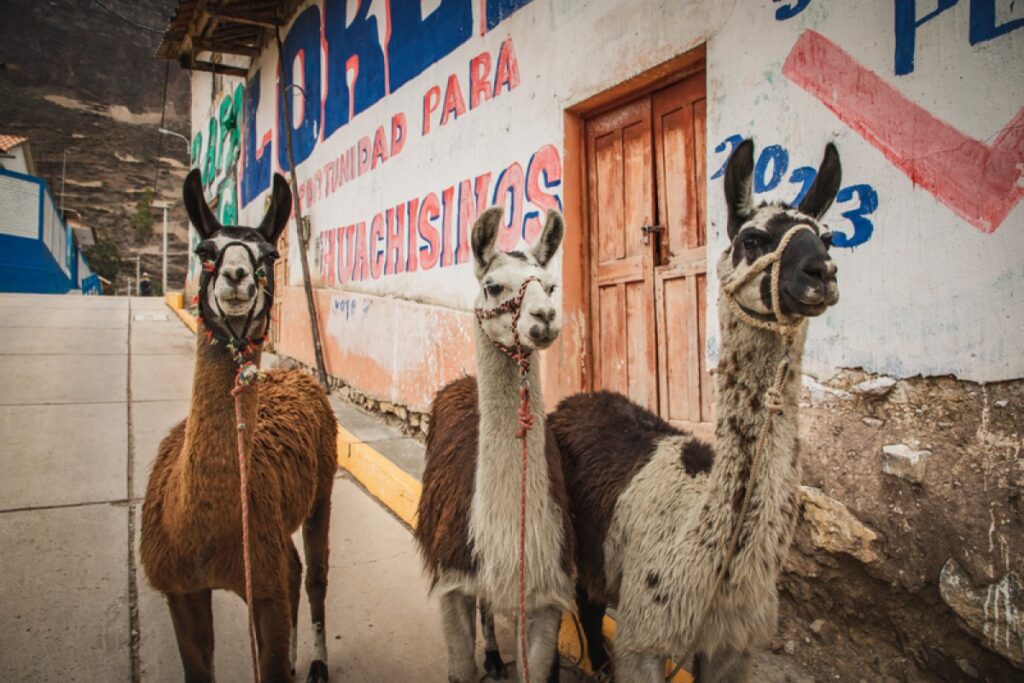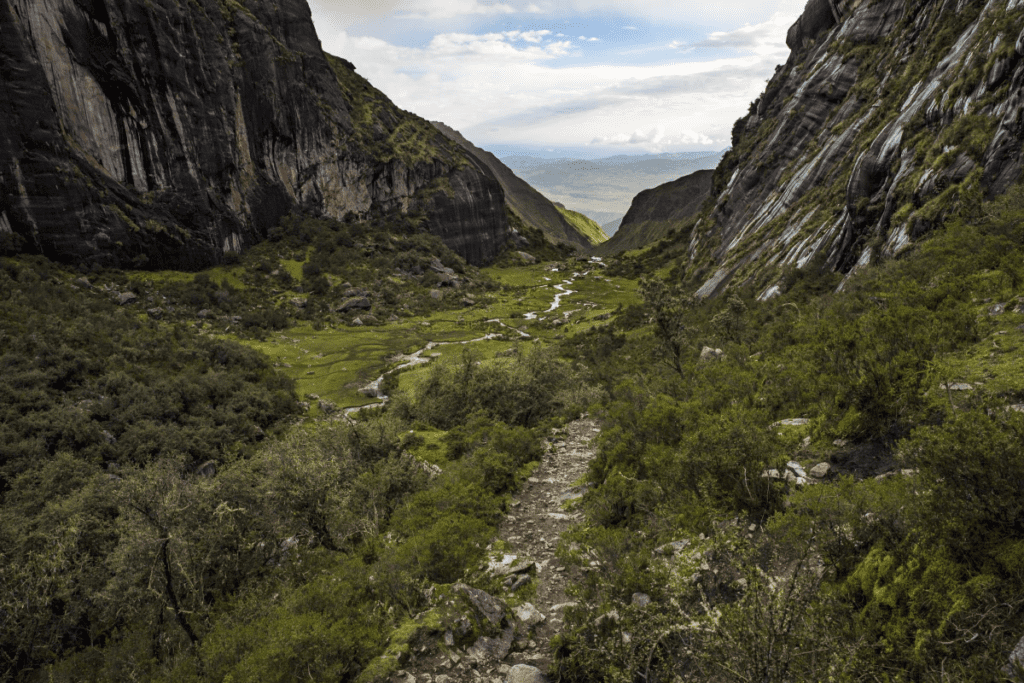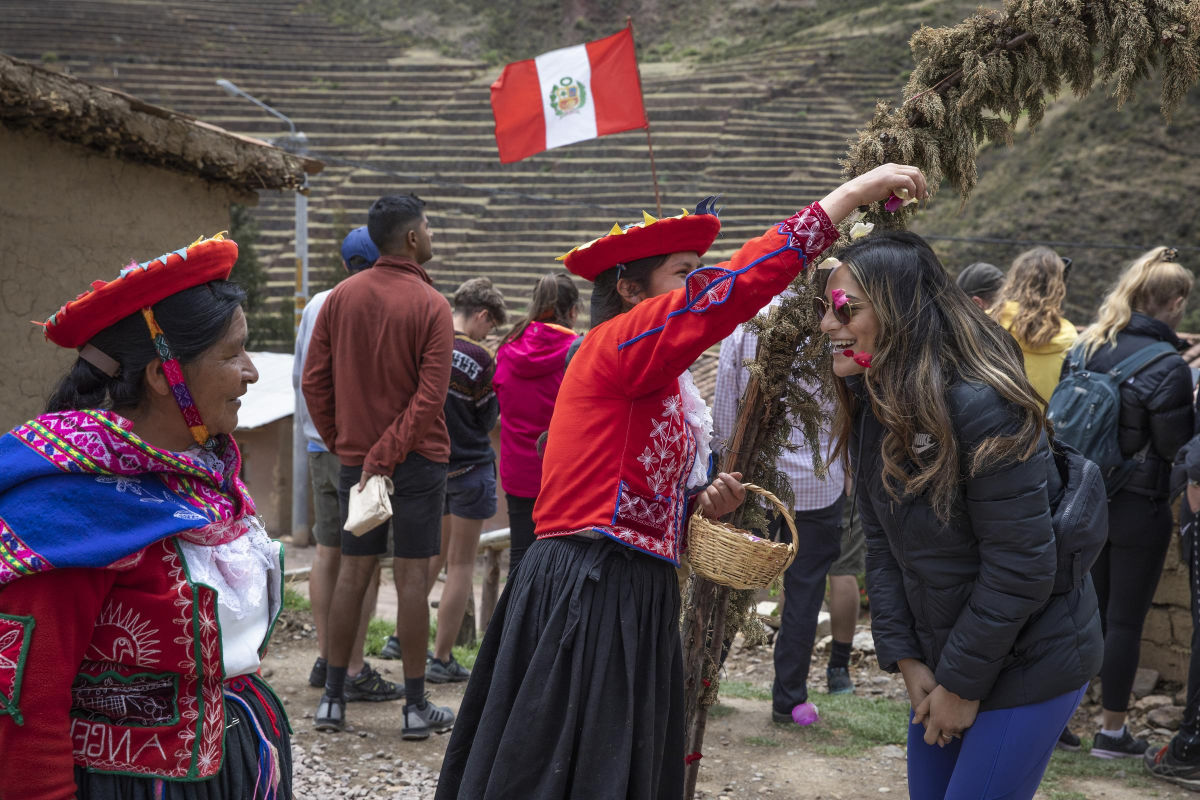Skift Take
With over 25,000 miles of Inca Main Road to explore, alternative routes to the world-famous Machu Picchu Inca citadel trek are being scouted. And it's long overdue.
Tour operators selling the world-famous Machu Picchu in Peru are designing a better future for adventure trekking.
The destination has yoyoed between being open and closed due to overtourism and, most recently political unrest saw the attraction closed in February, costing the country an estimated $450 million in tourism revenue. Tours to the Inca citadel fully reopened at the beginning of March.
There is no denying the appeal of Peru’s 15th-century Inca Trail for adventure trekking, with an estimated one million visitors annually. Yet with Qhapaq Nañ as it is known by locals, or the Inca Main Road, extending 25,000 miles, it remains largely unexplored. It raises the question as to why?
With such a vast network of trails to explore, tourists’ lack of interaction with local communities and other parts of this ancient highway highlight the need for Peru’s focus on adventure trekking to be more responsible.
Intrepid Travel, headquartered in Australia and with offices in Lima, resumed operations in March, and now the so-called B-Corp company is set to launch an alternative Great Inca Road trek in June as it pushes forward with its drive to uncover a new trekking region.
“The future of Peru tourism is truly in these trails, and without sustainable development, they will be lost forever,” said Gary Cohen, Intrepid’s general manager of Latin America, who took part in the scouting and development on the new 12-day Trek the Great Inca Road route.
Tourists Slow to Return
“Now that Machu Picchu has reopened, we’ve been on a process that I like to call quick baby steps — the industry is recovering but we’d like to get back to running in long strides,” Fernando Rodriguez, Intrepid Travel general manager, Peru told Skift.
The small group adventure company had nearly 5,000 passengers traveling to Machu Picchu with in 2022. Intrepid has carried 111 passengers, slightly under its 2022 levels, since the March reopening.
“Before the riots in 2022 we were expecting to be at 2019 levels for this year, which was at 9,500 passengers per year,” Rodriguez said.
Sarah Miginiac, general manager for Latin America at G Adventures, said that since relaunching in March, tourism has been slow to return, despite it being a priority to open as soon as it was safe to do so in support of the many local communities relying on the tourism recovery post-pandemic.
A small group adventure tour operator, headquartered in Canada, G Adventures has 20 different itineraries in Peru, its “most popular destination before the pandemic.”
Puno and Lake Titicaca, where the protests were very strong and lasted the longest, are now starting to reopen and Juliaca Airport (the closest to Lake Titicaca) is expected to reopen imminently.
She added that Peru remains popular, and with lead times of around three to four months, the company expects “numbers to increase over the Easter period and into the summer.”
Whose Responsibility is it to Spread the Tourism Dollar?
As a United Nations Educational, Scientific and Cultural Organization (UNESCO) World Heritage site, the Peruvian government put a restriction of only 500 trekking permits per day during the pandemic, including porters and other tourism workers, to reduce the strain on Machu Picchu. But that has yet to necessarily drive tourism to new communities.
“That’s part of the beauty of this new tour, no permits required to enjoy the experience,” added Rodriguez.
Highlights include joining a local leader and traditional llama caravan to hike storied paths that few travelers have ever seen, visiting well-preserved yet remote Inca outposts, and exploring the Caral-Supe archaeological site, left behind by a civilisation pre-dating the Inca and built at the same time as the first Egyptian pyramids.
Martiza Chacacanta, an Intrepid Travel deputy operations manager in Peru, said as a Quechua descendant and trekking adventure guide, she has always dreamed of walking some of Qhapaq Nañ, the lesser-known Inca Main Road.
“Over the last few months, we have been eager to welcome travelers back to our country. Tourism plays such a vital role for our economy and impacts so many people’s lives,” Chacacanta said.

This new section of the trail, which starts in Huaraz, nearly 1,000 miles from Ollantaytambo where the famous Inca Trail embarks, is geared to give new communities access to tourism spend as well as preserve the ecological environment, history and culture. It’s one of the most important routes along the ancient Inca Trail.
Preserving the Andes’ Natural Beauty and Inca’s Rich Cultural History
The need for more interaction with local communities is a major issue, according to Miginiac. She noted that while official treks along the Inca Trail offer employment to locals working as porters and guides, many travelers opt to take the train to Aguas Calientes and skip out a lot of the Sacred Valley, for example.
As a result, G Adventures continues to focused its offering to include several alternative Inca Trail treks. These include Lares Trek, a less busy route, and a stay in community-owned campsites.

“We are supporting the communities around the Cusco area, ensuring that they also have the opportunity to benefit from the tourism income that Machu Picchu draws,” Chacacanta.
The alternative route tours run in conjunction with a visit to its “G For Good projects in the Sacred Valley.” Travelers get to engage with local Women’s Weaving Cooperative and Parwa Community restaurant, which support Indigenous traditions and local communities, generating income and helping to mitigate youth migration to Cusco.
Other G Adventure alternative trek examples include The Ruins of Choquequirao, which is much more remote than Machu Picchu. Due to its hard-to-reach location, it receives much lower tourism numbers. The Salkantay Trek explores a spectacular Andes peak.

Just a Fraction of Treks Available
Rodriguez noted that The Great Inca Road represents just a fraction of the multiple treks available across Peru, with the opportunity to weave tourism support to other areas in a responsible way, with Intrepid’s Quarry Trail also offering an alternative trek to the Inca trail.
Peru’s Vinicunca, or as its English name Rainbow Mountains suggests, is a multi-colored mountain range. Alarmingly, it was only discovered in 2015 as the ice layers of snow covering it have melted due to global warming.
Since its discovery, the area has become overrun with tourists, putting its delicate mountainside at risk. Rodriguez said another example of Intrepid’s responsible approach was it decided to take groups to Palcoyo Rainbow Mountain instead, which is “less touristy.”
He added that a cross-country trekking experience is also in the cards, as the company still has some logistics and planning to sort out treks starting in Peru and finishing in Bolivia.
Developing travel experiences to counter overcrowded attractions to leave destinations and local communities in a better space and condition than before should be the bedrock of a successful sustainable tourism model. But, ultimately, the responsible choice means turning the unpopular into popular.
The Daily Newsletter
Our daily coverage of the global travel industry. Written by editors and analysts from across Skift’s brands.
Have a confidential tip for Skift? Get in touch
Tags: g adventures, intrepid travel, machu picchu, multi-day tours, peru, tourism, tours and activities, Travel Experiences
Photo credit: Peru Sacred Valley Pottery Co-op Welcome Female Traveler Interacting Flowers. Source: G Adventures Peru Sacred Valley Pottery Co-op Welcome Female Traveler Interacting Flowers. Source: G Adventures / Peru Sacred Valley Pottery Co-op Welcome Female Traveler Interacting Flowers. Source: G Adventures
